Beretta’s 1301 shotgun is popular with home defenders, and even survived an attempt by Joe Biden’s ATF to neuter it. Since its launch in 2014, Beretta’s 1301 Tactical has become a top-tier shotgun for home defenders, while its competition variant is ubiquitous at 3-gun competitions. The original 1301 Tactical was made in Italy by Beretta and had a five-round magazine. In 2021, an improved Mod 1 emerged with a seven-round magazine with an Italian-made barrel, bolt and receiver, but was assembled in the U.S. with some domestic parts to comply with section 922(r) of the 1968 Gun Control Act. The Mod 1 was supplanted in 2023 by the Mod 2, which added M-Lok slots to the fore-end, changed the curved trigger to semi-flat, and switched to Beretta’s competition-style shell lifter.
The 1301 Tactical C is a gas-operated, 3-inch-chambered 12 gauge with an 18.5-inch barrel that accepts removable, steel-shot-rated chokes. Its receiver is made from a 7075 aluminum forging with an anodized finish. The barrel is cold-hammer-forged, chrome-lined and matte blue, but an additional $100 buys you added protection with Cerakote applied over a phosphate-finished barrel.
Operated via the B-Link gas system, the 1301 Tactical C uses a forged, chrome-plated rotating bolt that locks the breech. This system is strong, reliable with different loads and is used on Beretta’s heavy-duty A400 shotguns with 3.5-inch chambers.
Sights include a robust ghost-ring unit at the rear along with a Picatinny rail for optics, and a protected white-dot post at the front • Accessing the crossbolt safety is achieved via an oversize button in the trigger guard • While a recoil pad is included, it could be a bit thicker to provide more comfort when shooting slugs and 3-inch 00 buckshot • M-Lok attachment slots surround the fore-end at the 3-, 6- and 9-o’clock positions to add accessories if desired • Sling-attachment points include a QD mount on the support bracket for the magazine extension • Controls are oversize, easy to reach and offer a color contrast to the FDE finish.
Barrel construction and ammunition design impact shot patterning, where the goal is to have pellet strikes centered around the point-of-aim without fliers. To lessen pellet deformation and consequent fliers, the 1301 Tactical C has an 80 mm-long forcing cone and an elongated choke, which gradually constrict barrel diameter.
Ergonomics are quite good. The oversize charging handle, crossbolt safety and bolt release ease manipulation in the dark or when wearing gloves, while the Pro-Lifter significantly speeds reloading. The lifter raises a shell from the magazine tube and aligns it with the chamber. Most lifters must be pushed upward against spring tension each time a shell is loaded into the magazine, often catching the shooter’s thumb. The Pro-Lifter, in contrast, rests in an upward position, which speeds shell insertion without grabbing digits. The stock is set to a length-of-pull of 13 inches, but can be increased to 14.75 inches using two included spacers. Be mindful not to wrap your thumb over the grip or it risks impacting your nose under heavy recoil.
The sights are durable, with a protected white-dot post up front and a fully adjustable, protected ghost-ring aperture at the rear. The removable, steel front sight is adjustable for windage and is mounted onto a sight base welded to the barrel. The aluminum rear sight is click-adjustable and is contained within a polymer housing. You can also attach an optic to the aluminum receiver-mounted rail.
Slings can be mounted using the integral stock eyelet, a QD socket on either side of the magazine-tube clamp or the fore-end’s M-Lok slots.
 The Tactical functioned flawlessly using five different 2 3/4-inch loads ranging from light birdshot to rifled slugs. Demonstrating the patterning difference between performance and practice ammo, 89 percent on average of Hornady Black 00 buckshot pellets landed within a 12-inch circle at 25 yards, compared with 50 percent for a Rio buckshot load using an improved cylinder choke.
The Tactical functioned flawlessly using five different 2 3/4-inch loads ranging from light birdshot to rifled slugs. Demonstrating the patterning difference between performance and practice ammo, 89 percent on average of Hornady Black 00 buckshot pellets landed within a 12-inch circle at 25 yards, compared with 50 percent for a Rio buckshot load using an improved cylinder choke.
Breaking at 4.5 pounds of pressure, the trigger displayed a moderate degree of creep. Though straight triggers can offer enhanced control, the partially straight one on this shotgun obviates your ability to position your finger lower to get better mechanical leverage and a lighter pull.
The Tactical has three useful features: First, pulling the bolt-release lever outward releases the shells from the magazine, allowing for easier and safer unloading compared with depressing the shell stops or cycling live rounds through the action. Second, unloading a live shell from the chamber automatically locks the bolt rearward without causing a shell in the magazine to be released onto the lifter. This is handy if you need to change from buckshot to slug, or want a locked-open action with a loaded magazine.
Finally, capacity can be increased by ghost loading a shell onto the lifter. Here’s how it’s done: Fill the magazine, then hold the bolt rearward and drop a shell into the chamber. Next, place a shell onto the lifter and press the carrier-stop button, then press the shell downward enough to allow the bolt to move forward on the chambered round. This is useful for competition, where an added round matters, but don’t store your shotgun with a chambered round.
Read the full article here




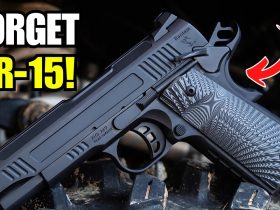
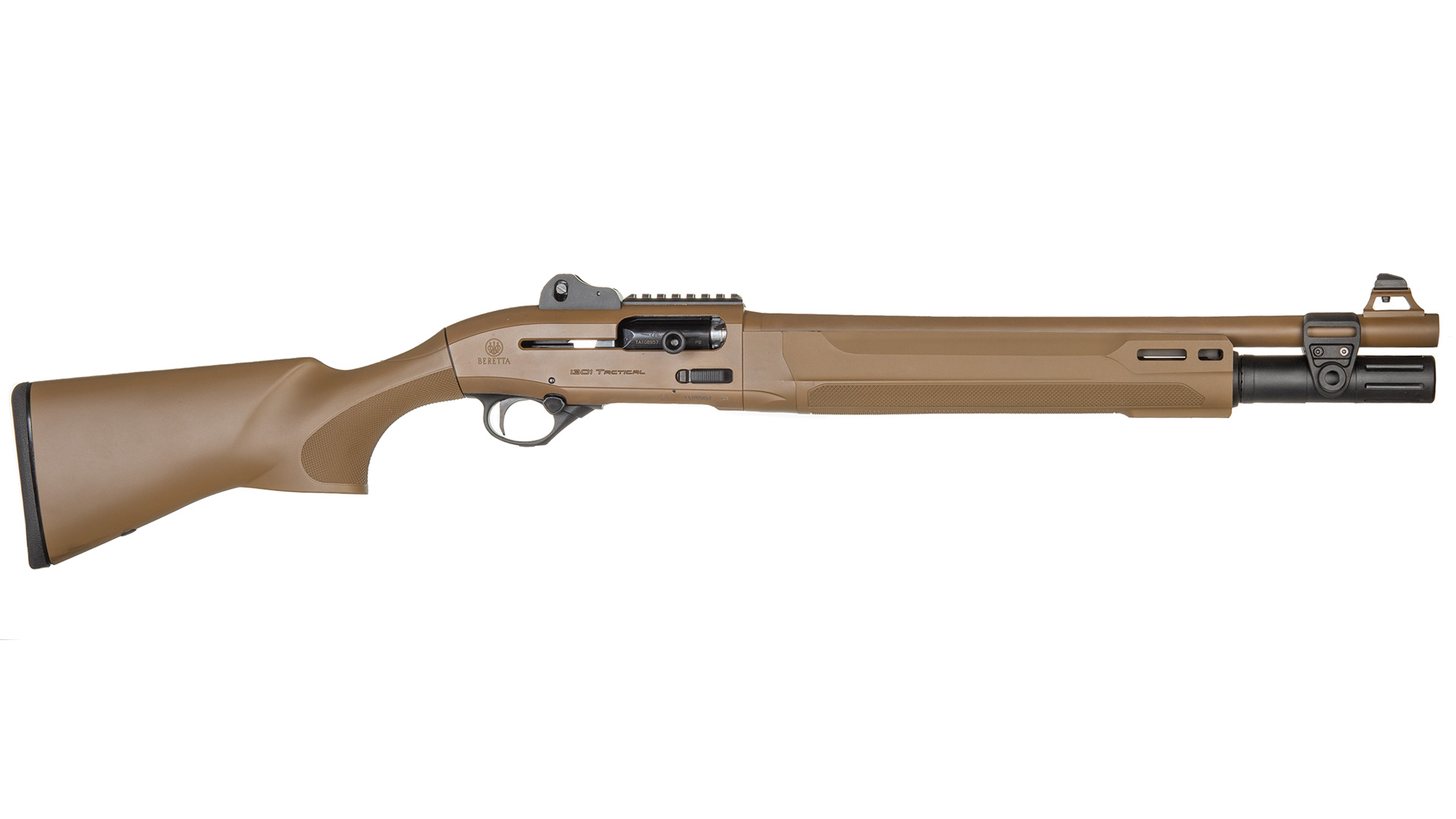


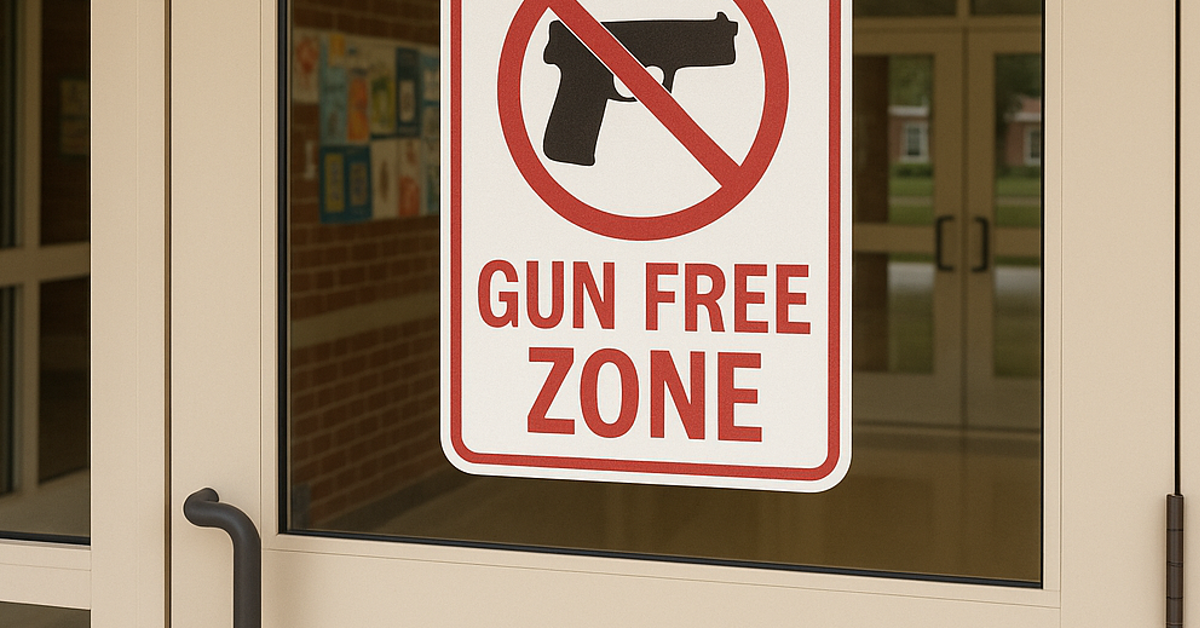
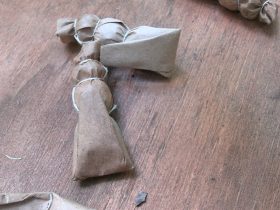

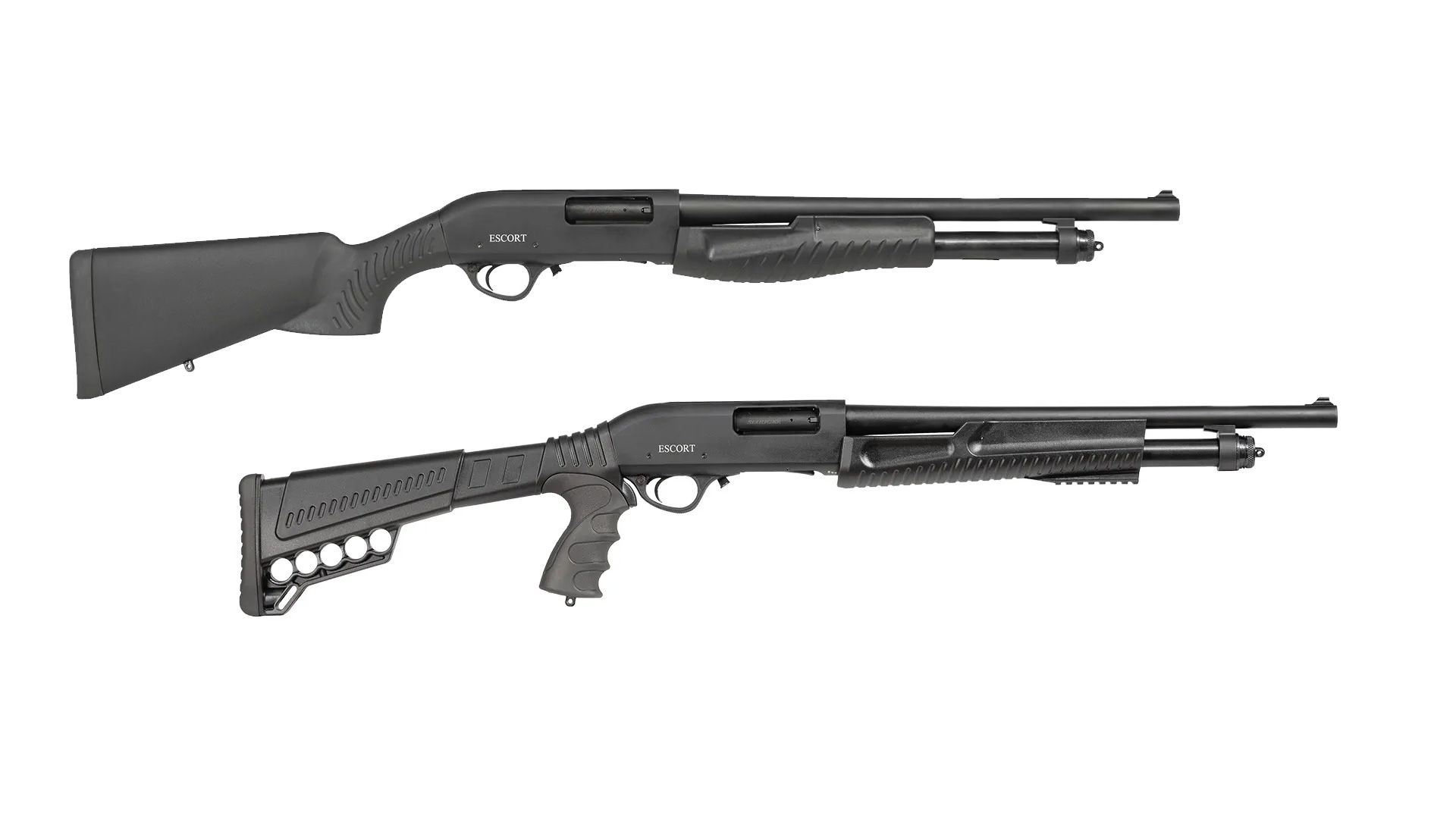

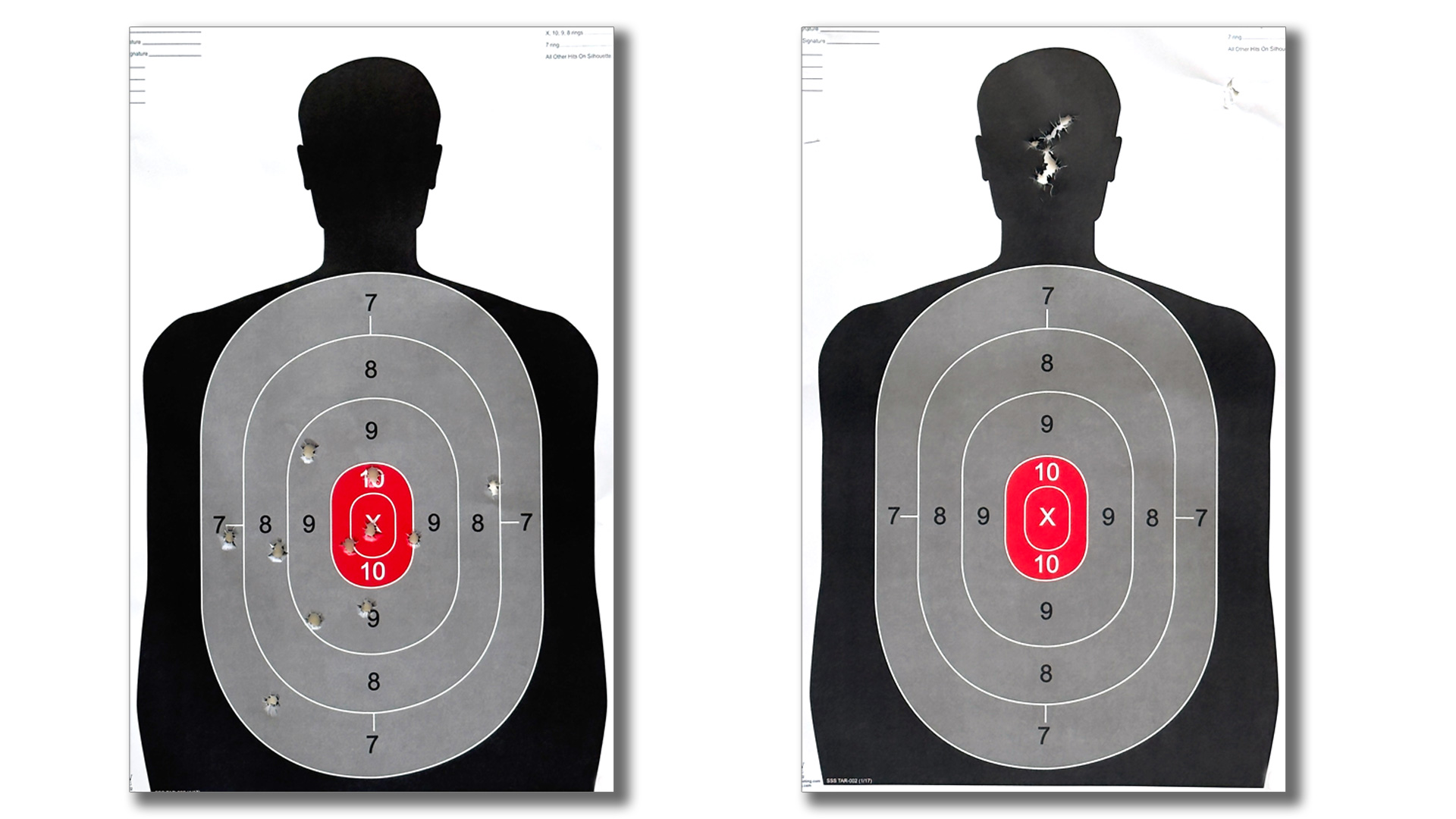
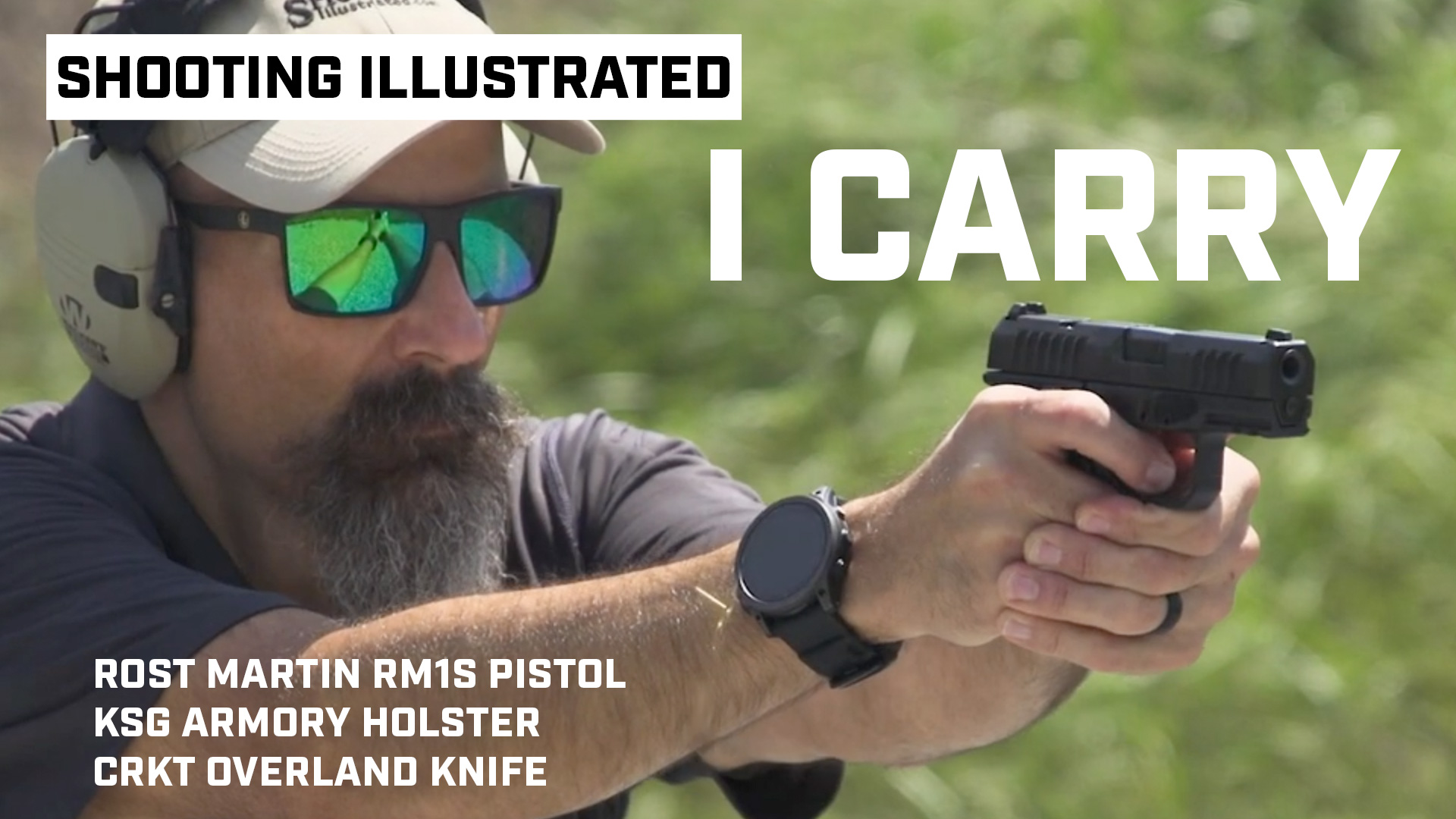


Leave a Reply